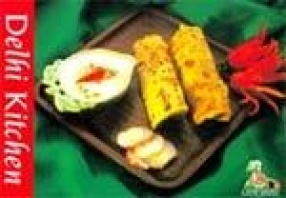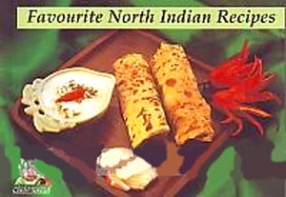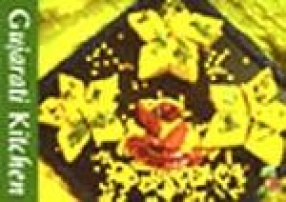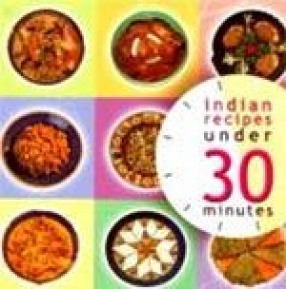Food follows the movement of people. Delhi has been at the epicenter of so many such movements that it is the melting pot of many culinary traditions. The Tomar Rajputs were the first contributors in the 11th century. The came the Afghans followed by the Sultanate, Tughlaq, Lodi, Mughal, and British rulers. As the city developed, arts and cultures refined and fused. Food demonstrates this best. Customary hospitality changed food habits from their rough peasant beginnings to delicate, even decadent levels of sophistication. The amirs (noblemen) sought and stole the cooks and their culinary secrets from their rivals. While the rulers and grandees indulged themselves their tradesmen developed their culinary traditions in their humble mohallas. Chandni Chowk had once been a wide shopping arcade with a raised stone channel of water running down the centre. It had been called the Nehar Bisht or the Heavenly Canal. But it fell into disrepair at the end of the Mughal period and its water became unfit to drink. So the emperor ordered the royal hakim (doctor) to prescribe food that would aid digestion. He prescribed a number of spices consisting of different kinds of salts and chillies, and cumin seeds, coriander seeds, yoghurt, mint leaves, lemon, and tamarind. These were known to keep the stomach cool. Mixed with crisp, fried biscuits (papri) it quickly became a delicacy and Delhi’s famous chaat was born. Kulfi (old fashioned Indian ice cream) was first made in the area shere the potters lived, Kumarbara. It is here that they made the baked, earthen containers for the kulfis. There were many types of kulfis such as aam (mango), malai (cream), and pista (pistachio). Some were made in containers scooped out of fruits……..
Favourite North Indian Recipes
$13.50
$15.00







There are no reviews yet.